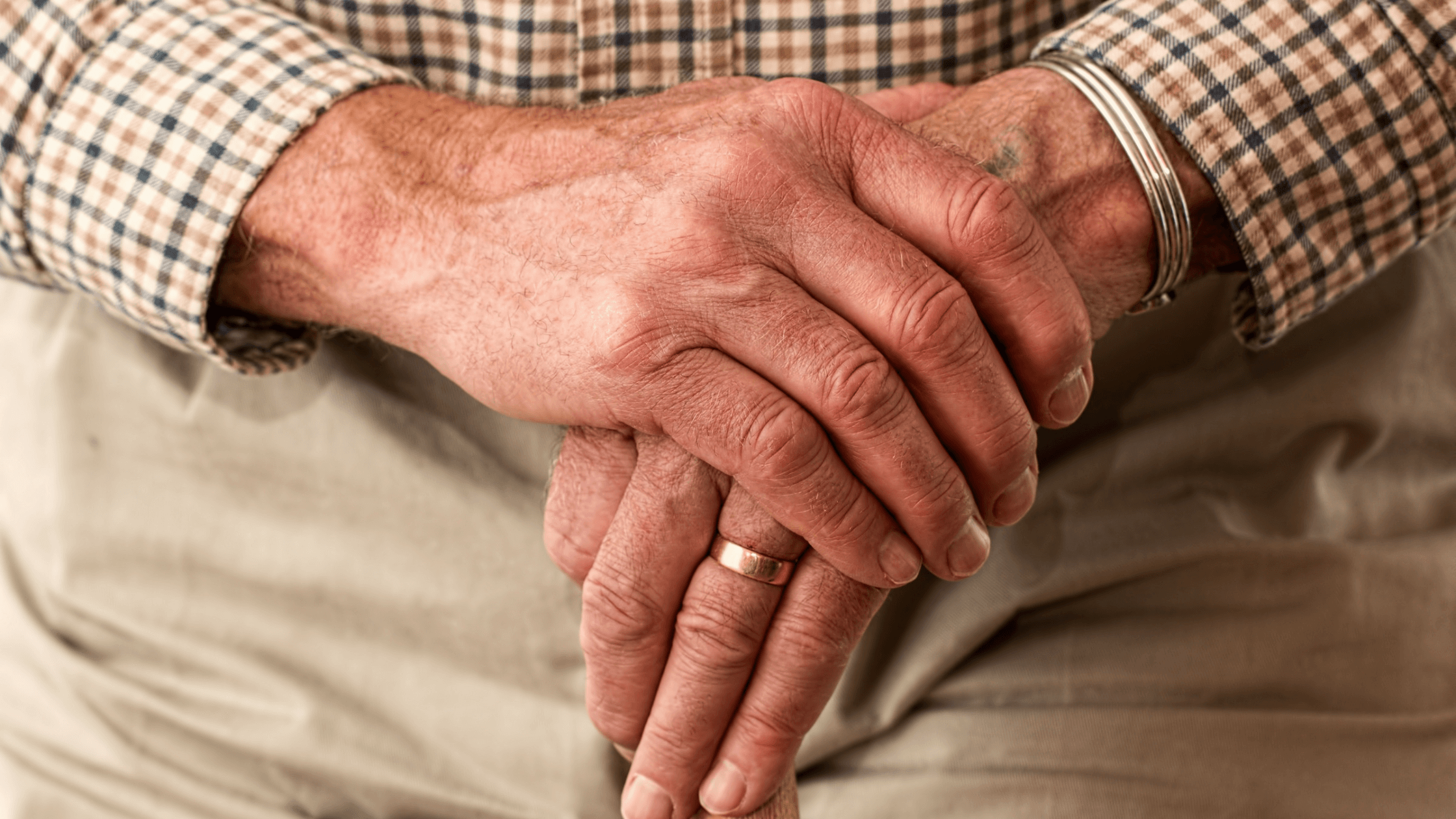Physical Therapy | Balance | Neurological Recovery
Physical Therapy For Parkinson's: Promoting Safety and Independence

Licensed Physical Therapist, PT, DPT // EW Pilates Instructor // EW Yoga Instructor // LSVT – Big Certification // Credentialed APTA Clinical Instructor // EW Motion Therapy Homewood
When you or a loved one receives a Parkinson’s diagnosis, it is easy to be nervous about the future. Whatever symptoms arise, it is vital to remember that safety and independence are paramount. You or your loved one must stay safe while maintaining as much independence as possible. Parkinson’s can cause many symptoms, including tremors, stiffness, and difficulty with movement. These symptoms can make it challenging to complete daily tasks, such as getting dressed, bathing, and eating. Physical therapy is a conservative approach to managing Parkinson's disease that can help improve mobility, flexibility, and balance. At EW Motion Therapy, our patients with Parkinson’s only receive the highest standard of care as we evaluate their movement deficits and create an individualized plan to help them move better throughout the day. Even if you decide our services do not fit your needs, you can still read on for our discussion of how physical therapy can help Parkinson’s patients maintain safety and independence.
How can physical therapy help Parkinson’s patients move better?
Physical therapy can help Parkinson's patients improve their daily movements by focusing on various areas, including strength, balance, flexibility, and coordination. Here are some ways that physical therapy can help.
Improving strength
Parkinson's disease can cause muscle weakness, making it challenging to complete daily tasks. Physical therapy can help strengthen the muscles, making moving and completing daily activities easier. Strength can also be vital when preventing falls - more strength means more support and the ability to make larger movements while remaining stable.
Improving balance
Parkinson's disease can also affect a person's balance, increasing the risk of falls. Physical therapy can help improve balance by incorporating exercises focusing on stability and coordination. Balance is also essential for many daily activities. Think about putting on pants - you must balance one leg briefly to get the other into the pants. It’s these kinds of big movements that Parkinson’s patients need balance for that may become unsafe if not retrained in physical therapy.
Working on balance can also include gait training (walking at an average pace without shuffling) and amplitude training (taking large enough steps). There is a sweet spot of gait speed and step length that solidifies your center of gravity, and with the shuffling gait typical of patients with Parkinson’s, just walking can increase their fall risk. Physical therapy will help them maintain that sweet spot and work on reciprocal movements, like arm swings, as they walk.
Improving flexibility
Parkinson's disease can cause muscle stiffness, making it challenging to move. Physical therapy can help improve flexibility by incorporating exercises that focus on stretching and range of motion. You must have both flexibility and balance, for example, to bend down and put on a shoe, which are the exercises we work on.
Improving coordination
Parkinson's disease can also affect a person's coordination, making it difficult to perform movements that require multiple body parts to work together. Physical therapy can help improve coordination by incorporating exercises focusing on multi-joint activities.
What education can a physical therapist provide patients and caregivers?
Physical therapists can provide various advice to patients with Parkinson's to help them manage their symptoms and improve their daily functioning. Here are some examples of advice that physical therapists may give to Parkinson's patients:
- Stay active: Regular physical activity has been shown to slow the progression of Parkinson's disease. Your physical therapist can guide safe and effective exercise options.
- Focus on good posture: Parkinson's can cause postural changes, such as a hunched or forward-leaning posture. Physical therapists can teach you techniques to maintain good posture and prevent further postural changes.
- Take breaks as needed: Fatigue is a common symptom of Parkinson’s, making it challenging to complete daily tasks. Your physical therapist can teach you to pace daily activities to conserve energy.
- Use adaptive equipment: Parkinson's patients may benefit from adaptive equipment, such as a walker or cane, to help with mobility and balance. Your physical therapist can help you select the right adaptive equipment and ensure it is fitted to your body.
- Stay socially engaged: Parkinson's disease can sometimes lead to social isolation, but staying socially engaged can help improve quality of life. Your physical therapist can guide ways to stay socially involved, such as joining a support group or participating in community activities.
- Maintain a healthy lifestyle: Anyone can benefit from a healthy lifestyle, including eating a healthy diet, getting enough sleep, and managing stress. Your physical therapist can help you make healthy lifestyle choices and provide additional resources.
While the patient is a physical therapist’s primary focus, a caregiver may also be present at sessions. Caregivers play an essential role in supporting individuals with Parkinson's, and physical therapists can advise caregivers on best supporting their loved one’s goals. Here are some ways that physical therapists can advise caregivers:
- Encouraging participation: Caregivers can help encourage their loved ones to participate in physical therapy sessions and complete at-home exercises.
- Monitoring progress: Caregivers can help monitor their loved one's progress and report any changes to the physical therapist.
- Assisting with exercises: Caregivers can ensure home exercises are done safely and help their loved ones maintain proper form.
- Providing emotional support: Caregivers can provide emotional support by listening and offering encouragement.
How do physical therapists work with other professionals?
Physical therapists often work as part of a team of care professionals to provide comprehensive care for individuals with Parkinson's disease. Here are some ways that physical therapists work with other care professionals:
- Neurologists: Physical therapists may collaborate with neurologists to develop a comprehensive care plan that addresses the physical and neurological symptoms of Parkinson's disease. Additionally, a patient’s neurologist is typically in control of their medication, so that a physical therapist would discuss any concerns in that area with the neurologist.
- Occupational therapists: Physical therapists may refer patients to occupational therapists for assistance with daily living activities, such as dressing and bathing.
- Speech-language pathologists: Parkinson's disease can affect speech and swallowing, causing patients to speak softer than usual. Physical therapists may coordinate with speech-language pathologists to develop a comprehensive plan to address these symptoms.
How else does Parkinson’s affect movement?
Now you know more about what physical therapy for Parkinson’s can look like. Some distinctive movement patterns are associated with Parkinson’s disease, and your physical therapist will take those into account during your initial evaluation. Whether you are a patient or caregiver, you can always voice your concerns with your physical therapist - they are there to listen and ensure you or your loved one receive the best possible treatment.
A Parkinson’s diagnosis can bring many unanswered questions, but with the proper care team, you can get the help you need and go into your treatment with confidence. Physical therapy is often a fantastic first step in promoting safety and independence. If you are curious about what else physical therapy can do for you, click the button below to download our answers to 20 frequently-asked physical therapy questions.



